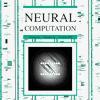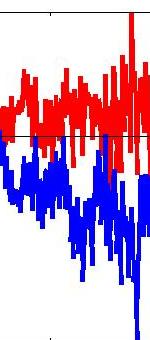Over in Salt Lake City at the moment for the Computational and Systems Neuroscience meeting. I always enjoy this meeting a lot and find it very stimulating. Looking forward to hearing some good talks over the next few days.
Monthly Archives: February 2014
Mantis under Infrared
This week we acquired an infrared camera and realized that mantids glow like light bulbs under infrared!
Below are two shots for a mantis using a conventional (left) and our new infrared (right) cameras.
Apart from producing very cool mantis photography, this camera has the added advantage of providing a clear outline of the subject mantis in each trial. This is very useful as a first step towards building video processing algorithms which we intend to use as a replacement for human observers in mantis experiments.
Eye tracker training
The week after we had been to Nuremberg for a demonstration on PlusOptix PowerRef 3 we had a gentleman come in from Eyelink to show the Eyelink 1000 eyetracker system. This systems differs from the PowerRef 3 in many ways.
On the plus it makes about as accurate measurements of gaze location, and measures much more regulary (10 times more than PowerRef 3, at 2m/s measurements).
On the negative side it is much more expensive than the PowerRef3. And because it does not use the standard distance from the camera for the eye needs a setup and calibration step.
Fortunately, ION has bought one of the eyelink eyetrackers them selves for the entire lab so price does not come into it. During the two day training session we learnt how the system worked (measuring the pupil in relation to the corneal refraction) and had a practice at setting up the system using a premade track experiment. The equipment seems easy to use and quite user friendly, with a very good GUI (graphical user interface). One problem is that with the remote version (which we planned to use in an experiment, where the head isn’t on a chinrest) the system can only measure monocular gaze location, not vergence. This will be a slight issue but not a very big one, as combining the PowerRef3 (which we are in the process of buying) with the eyelink 1000, will allow for our experimental designs to be completed as we hoped. Below are two photos of setting up the eyelink system before calibration (this involves ensuring the camera has the pupil in the square shown on the GUI, and is in proper focus for the pupil and corneal reflection). I am very much looking forward to getting involved and seeing how it works with our experiments.





















